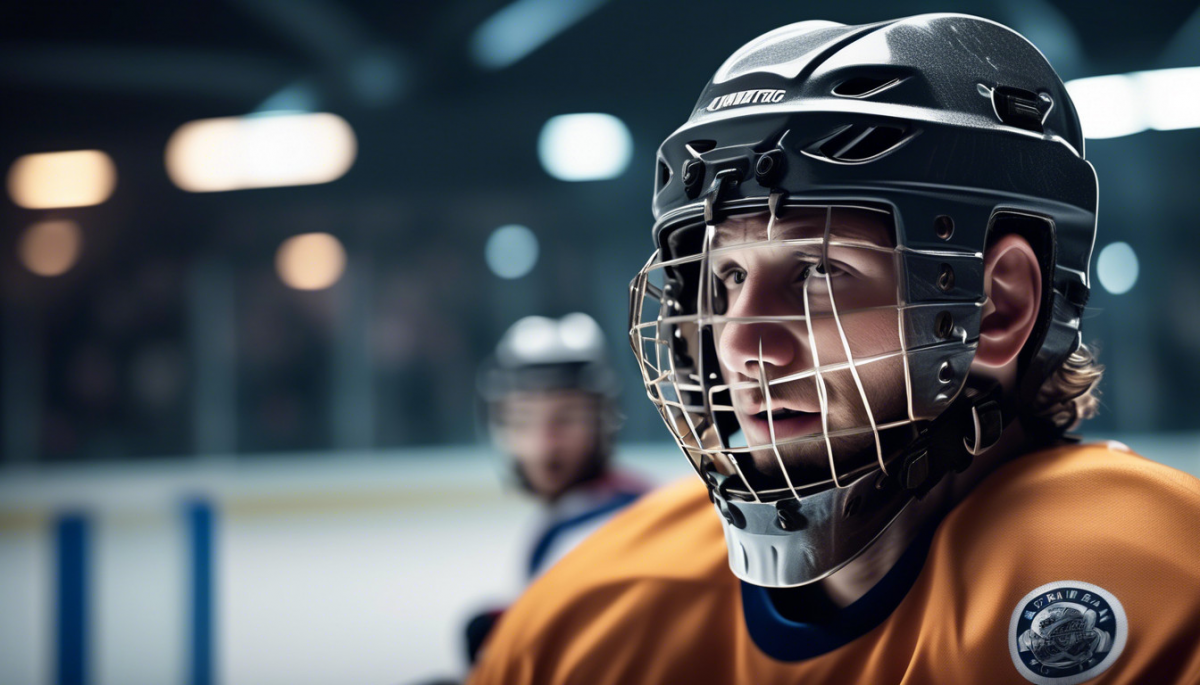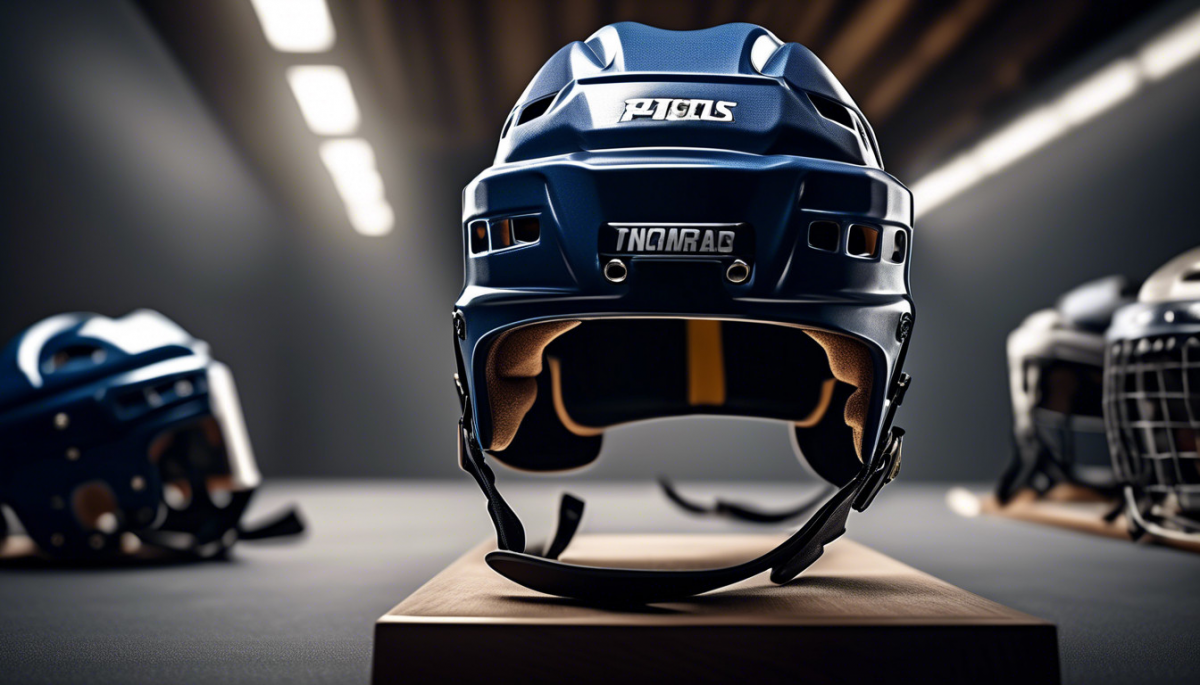Hockey, a fast-paced and physically demanding sport, requires players to maintain a high level of safety while on the ice. Among the essential safety equipment, the helmet stands out as a critical protective component for hockey players.

Helmet’s Protective Role:
- Designed to shield the head from potential impacts
- Reduces the risk of serious injuries such as concussions, skull fractures, and facial injuries
The sport’s inherent nature, involving high-speed skating, sudden stops, and frequent physical contact, elevates the risk of head injuries, making the helmet indispensable.
Advancements in Helmet Technology:
- Incorporation of materials that absorb and dissipate impact forces more effectively
- Enhanced protection features
Governing bodies and leagues mandate the use of helmets, underscoring their importance in maintaining player safety.
This article explores the reasons behind the necessity of helmets in hockey, examining their role in safeguarding athletes and the innovations that continue to improve their protective capabilities.
For those looking to purchase high-quality, advanced helmets that prioritize safety, Hockeystore.com offers a wide selection to meet every player’s needs.
Head Protection on the Ice
A helmet is essential for ensuring effective head protection on the ice, significantly reducing the risk of serious injuries in hockey. The headgear employed in this sport is designed to mitigate the impact forces encountered during gameplay, thereby minimizing the likelihood of concussions.
High-quality helmets incorporate advanced materials and design features that adhere to rigorous safety standards, which are continually updated to reflect the latest research in sports-related head trauma. These standards serve as a benchmark, guiding manufacturers in the development of protective equipment that meets the collective needs of the hockey community.
Ensuring compliance with established safety standards fosters a sense of security and unity among players, coaches, and stakeholders, reinforcing the sport’s commitment to well-being. By prioritizing the use of helmets that meet or exceed these guidelines, the hockey community collectively upholds a culture of safety, reducing the incidence of head injuries.
Embracing the importance of proper headgear is crucial for maintaining the integrity and enjoyment of the game.
Preventing Serious Injuries
Preventing serious injuries in hockey necessitates strategic measures, with high-quality helmets playing a pivotal role in safeguarding players. This protective headgear is crucial in mitigating the risk of concussions, a prevalent concern in the sport due to its fast-paced and physical nature.
Helmets are designed to:
- Absorb impact forces
- Dissipate impact forces
- Reduce the risk of traumatic brain injuries
Implementation of Enhanced Safety Standards
The implementation of enhanced safety standards for helmets ensures that players are equipped with the best possible protection. Modern helmets undergo extensive testing to verify their effectiveness in reducing head injuries. This commitment to safety reflects a collective understanding within the hockey community about the importance of injury prevention.
Benefits of High-Quality Headgear
By prioritizing safety and adhering to established standards, the use of high-quality headgear fosters a sense of security among players. This shared responsibility enhances the sense of belonging within the hockey community, where the well-being of every player is a top priority.

Evolution of Helmet Technology
Over the years, advancements in helmet technology have significantly enhanced player safety in hockey. The evolution of headgear has been driven by a commitment to reducing the risk of concussions and other head injuries.
Initially, hockey helmets offered limited protection, but ongoing research and development have led to innovations that address the unique demands of the sport.
Modern helmets incorporate advanced materials and design features that absorb and dissipate impact forces more effectively, thereby reducing the likelihood of concussions. These helmets often include:
- Multi-layered padding, strategically placed to provide maximum protection without compromising comfort or performance.
- Integration of cutting-edge technology, such as impact sensors, which allows for real-time monitoring of head impacts, further contributing to player safety.
The pursuit of excellence in helmet design reflects the broader commitment to maintaining high safety standards within the hockey community.
As technology continues to evolve, so will the innovations in headgear, ensuring that players are protected to the fullest extent possible.

Mandatory Safety Standards
Regulatory bodies have implemented mandatory safety standards to ensure that all hockey helmets meet rigorous criteria for protecting players. These standards are crucial in maintaining the integrity of the sport and ensuring the safety of those participating. By establishing specific guidelines, the risk of injuries, such as concussions, is significantly reduced. This approach fosters a sense of community among players, coaches, and fans, who collectively prioritize safety.
Hockey headgear must adhere to these safety standards, which include:
- Impact resistance
- Retention system effectiveness
- Overall durability
Organizations such as the National Operating Committee on Standards for Athletic Equipment (NOCSAE) and the Canadian Standards Association (CSA) play pivotal roles in setting these benchmarks. The implementation of these standards ensures that each helmet undergoes thorough testing before reaching the market.
By complying with these safety standards, hockey equipment manufacturers contribute to a safer playing environment, reinforcing the trust within the hockey community. Adherence to these guidelines emphasizes the importance of safety, unity, and shared responsibility in the sport.
